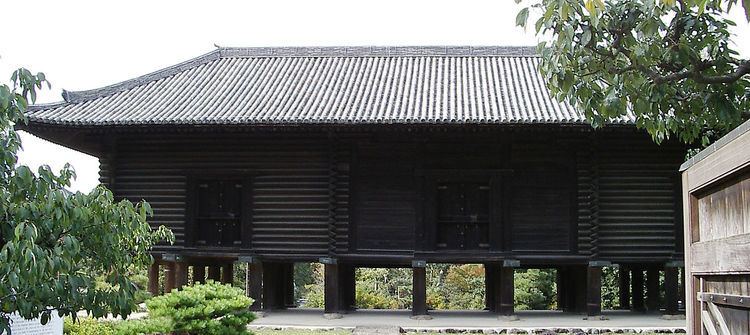645–650 Taika 686–686 Shuchō 704–708 Keiun | 650–654 Hakuchi 701–704 Taihō 708–715 Wadō | |
 | ||
Kangen (寛元) was a Japanese era name (年号,, nengō,, lit. "year name") after Ninji and before Hoji. This period spanned the years from February 1243 to February 1247. The reigning emperor was Go-Saga-tennō (後嵯峨天皇).
Contents
Change of era
Events of the Kangen era
References
Kangen Wikipedia(Text) CC BY-SA
